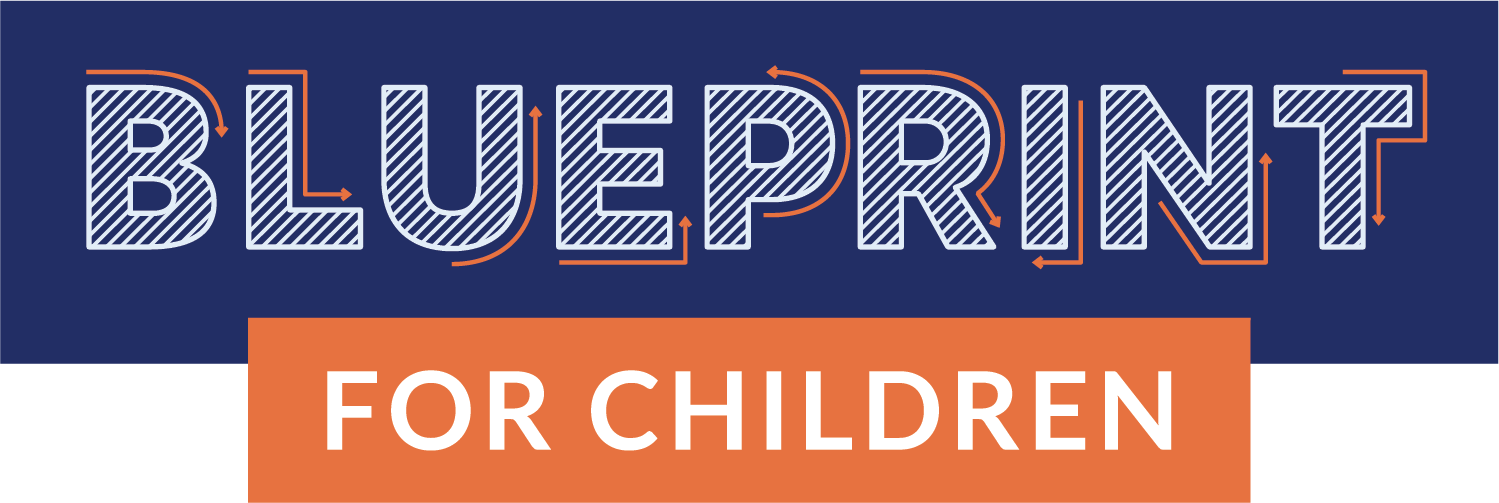
A Leading Nation for Youth
Over the past decade, many countries have turned inward — including the United States. While we restore confidence in our institutions of public health and scientific agencies, we must also reclaim our stature as a leading nation for children by addressing the challenges of immigration and improving global child health.
In recent years, our government has implemented restrictive and discriminatory immigration policies. Children immigrating to the U.S. have been separated from their families and detained in cages.66 Such policies are fundamentally inhumane, and cause children lifelong trauma and associated health problems.67
Even families who have successfully settled in the U.S. face undue challenges. A quarter of children are immigrants or have at least one immigrant parent.68 Many of these families struggle with language difficulties and cultural biases — and due to increased immigration enforcement, many children have been forced to live without one or both parents, leading to health, education, housing, and financial challenges.69
We must also address the threats to children’s health that force so many families to immigrate. Around the world, warfare, community violence, climate change, and insufficient health care endanger children and adolescents. In collaboration with the international community, we have the resources to address these challenges and make the world safer for youth.
Our leaders must show our commitment to the future by investing in child and adolescent health — within our borders and beyond.
Policies to Ensure Our Role as a Leading Nation for Youth
- Develop and fund a national strategy to implement the public health measures we know can stop the spread of COVID-19 in schools and communities, including accessible testing, contact tracing, use of cloth face coverings, and physical distancing.
- Restore confidence in our public health and scientific agencies by reinvigorating their independence from political influence, rebuilding their commitment to evidence-based action, and restoring their role as the first line of defense for public health.
- Release all detained immigrant families and end the practice of family detention.
- Reunite all separated immigrant families, end the continued, illegal practice of family separation, and provide adequate mental health support for children and families who have been separated.
- Reform immigration processing at the U.S. border to protect children’s health and to guarantee the right of immigrant children, and their families, to legal counsel and asylum.
- Combat the harmful, xenophobic rhetoric that has further marginalized communities of color and led to poorer health outcomes.
- Enact comprehensive immigration reform that prioritizes the health, well-being, and safety of children.
- Prioritize international efforts to address global challenges, such as COVID-19 and climate change, by rejoining the Paris Climate Accord and the World Health Organization.
- Increase foreign aid and work to strengthen programs that improve children’s health and wellbeing, end preventable maternal and child deaths, and support all children in reaching their full potential.
- Expand federal funding for pediatric research so physicians can better understand the health of children and the diseases that impact them—including COVID-19—and support the career development of pediatric researchers.
- Encourage expanded pediatric biomedical innovation and the development of the next generation of therapeutics for children, particularly those with special health care needs.
A Child Health Policy Agenda for 2020 and Beyond
Last Updated
10/15/2020
Source
American Academy of Pediatrics


